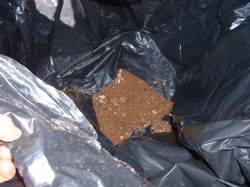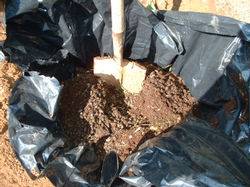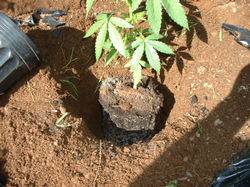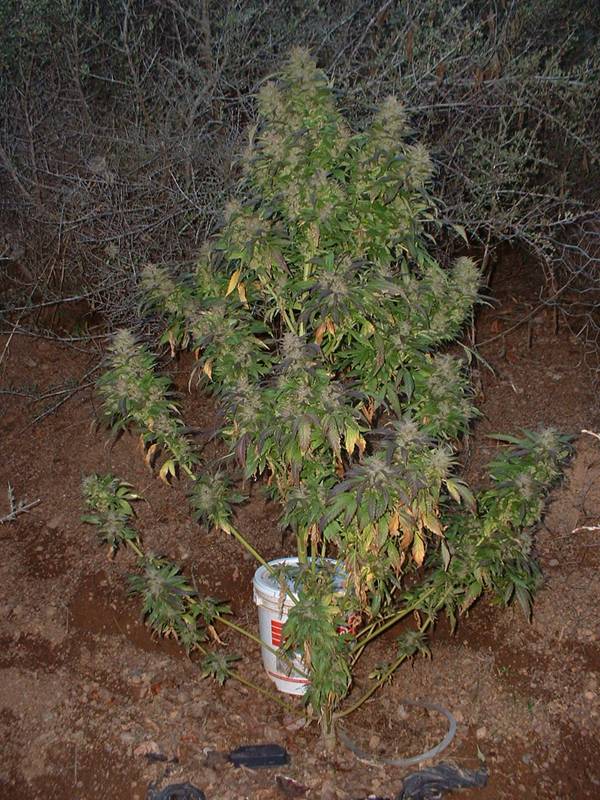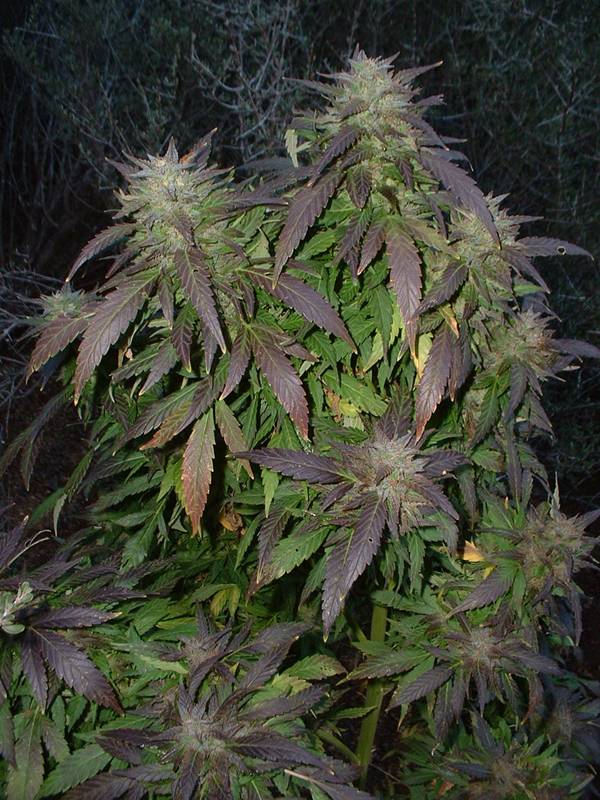wisco61
Member
i was thinking of something like this, but with 1 liter soda bottles replacing the prongs of your original design. Still drilled and wrapped the same.
I like the thought of the water being delivered directly to the root zone, i think that helps with efficiency a lot.
i was always so good at art
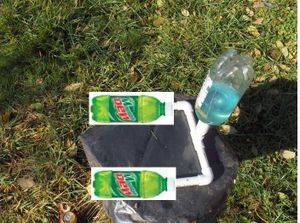
I like the thought of the water being delivered directly to the root zone, i think that helps with efficiency a lot.
i was always so good at art


Last edited:




